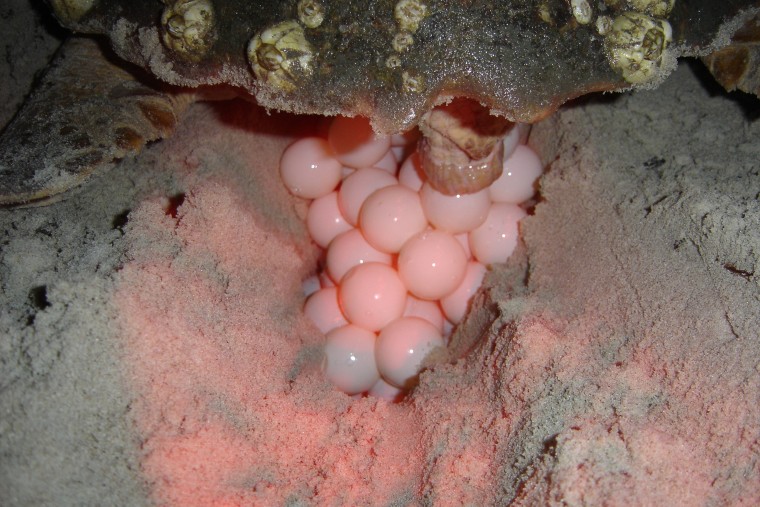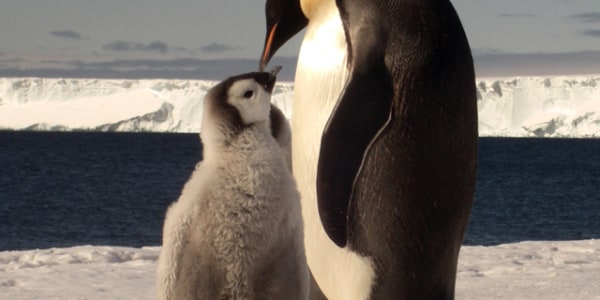When they emerge onto beaches around the world to lay their eggs in the sand, sea turtles expose themselves to a trio of threats from climate change: cyclones, rising seas and warming temperatures.
A new study finds that for the world's largest population of sea turtles — in Australia's northern Great Barrier Reef — blazing hot sands pose the greatest threat to the animals' breeding success over the long term.
The researchers predict that from now until 2030, sea level rise will do the most harm to turtle breeding grounds. However, by 2070, sands in many areas will be so scorching that eggs could not survive.
"Different studies look at how a single climatic process is going to affect nesting grounds," study lead author Marianna Fuentes of James Cook University in Townsville, Australia, told Discovery News. "But all the climatic processes are going to happen simultaneously."
The new work on sea turtles — gentle, charismatic denizens of our oceans that keep ecosystems balanced by grazing kelp and algae — evaluated the combined effects.
Fuentes and her colleagues gathered what was known from studies of individual threats and surveyed experts' views of their relative significance. They published the findings in Global Change Biology.
Experts were most certain about the effects of warming beaches. Sand temperatures determine the sex ratio of turtle eggs. "With increasing temperature we get more female turtles being produced," Fuentes said.
Slideshow 10 photos
Flagship species
Warmer temperatures also bring reduced hatchling success, more deformities, and, above about 91 degrees Fahrenheit (33 degrees Celsius), the eggs die.
Installing shady areas on the beach, replanting vegetation along beach edges, or relocating eggs to cooler places are all possible strategies for protecting eggs from overheating, Fuentes said.
The findings could also help prioritize conservation efforts. "In the long term, it doesn't really matter if you mitigate against impacts from sea-level rise because increasing temperatures will be causing most of the damage," Fuentes said.
But it's not quite that simple, she noted. Breeding grounds may move in response to sea level rise in ways that could not be anticipated in the study.
Also, the relative importance of these threats may vary in other regions.
"It would be really interesting to use the tool in different areas," said Marianne Fish, program leader for the Marine Turtle and Climate Change Program at the World Wildlife Fund.
Fish studies turtles in Latin America and the Caribbean, and suggests the ranking of threats may be different in her region.
"I think some of the threats we face are very different," she said. "In the Caribbean, there is a lot of coastal development. As sea levels rise, if you have a building right behind the beach, there's nowhere for that beach to move."
"Sea turtles have been around for so long, and they have adapted to past climate change," Fuentes said. "We think they have the biological capacity to adapt. But they are a lot less resilient than before because their population is reduced and the nesting areas that they have available are reduced. It is a lot harder for them to adapt than it was in the past."

